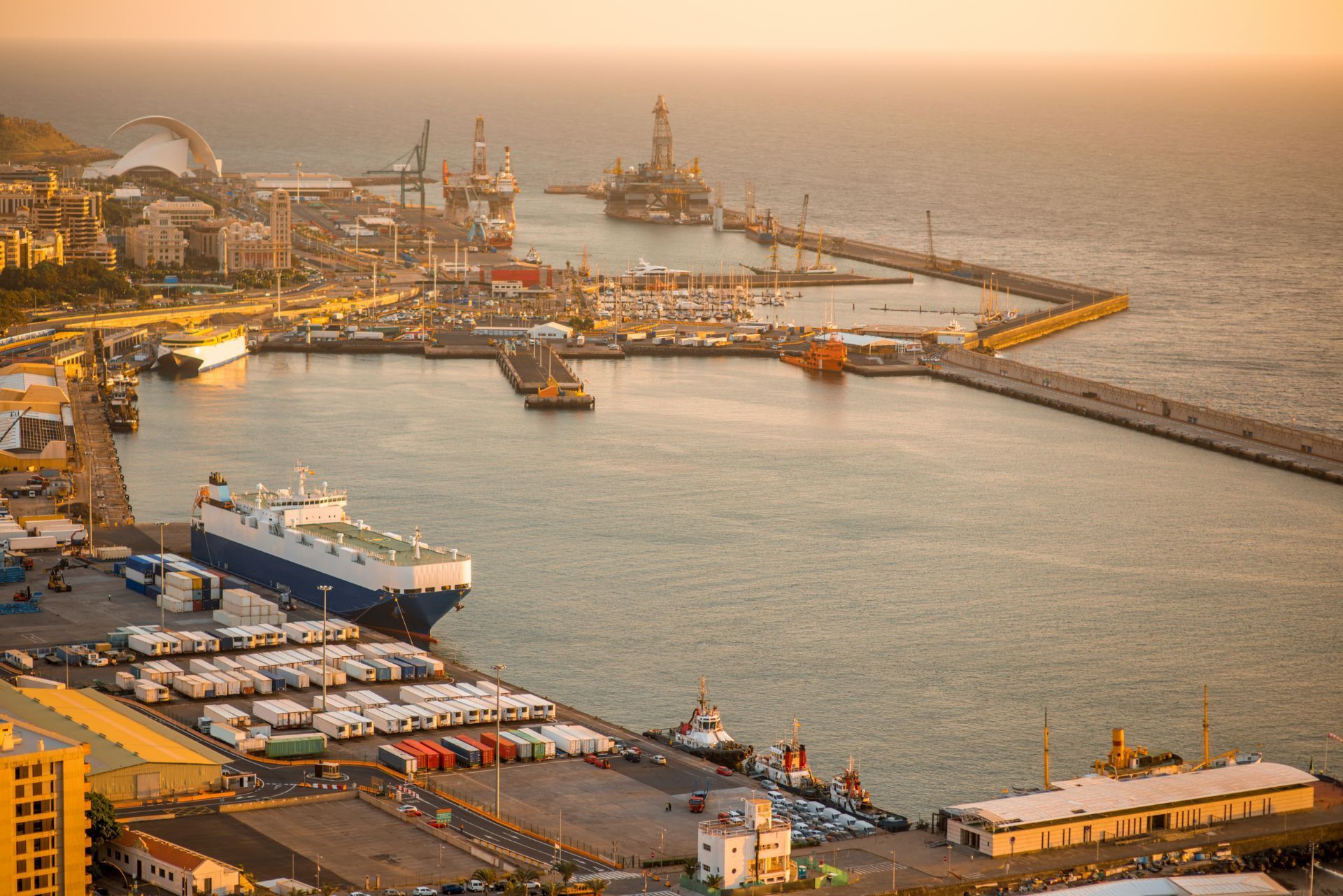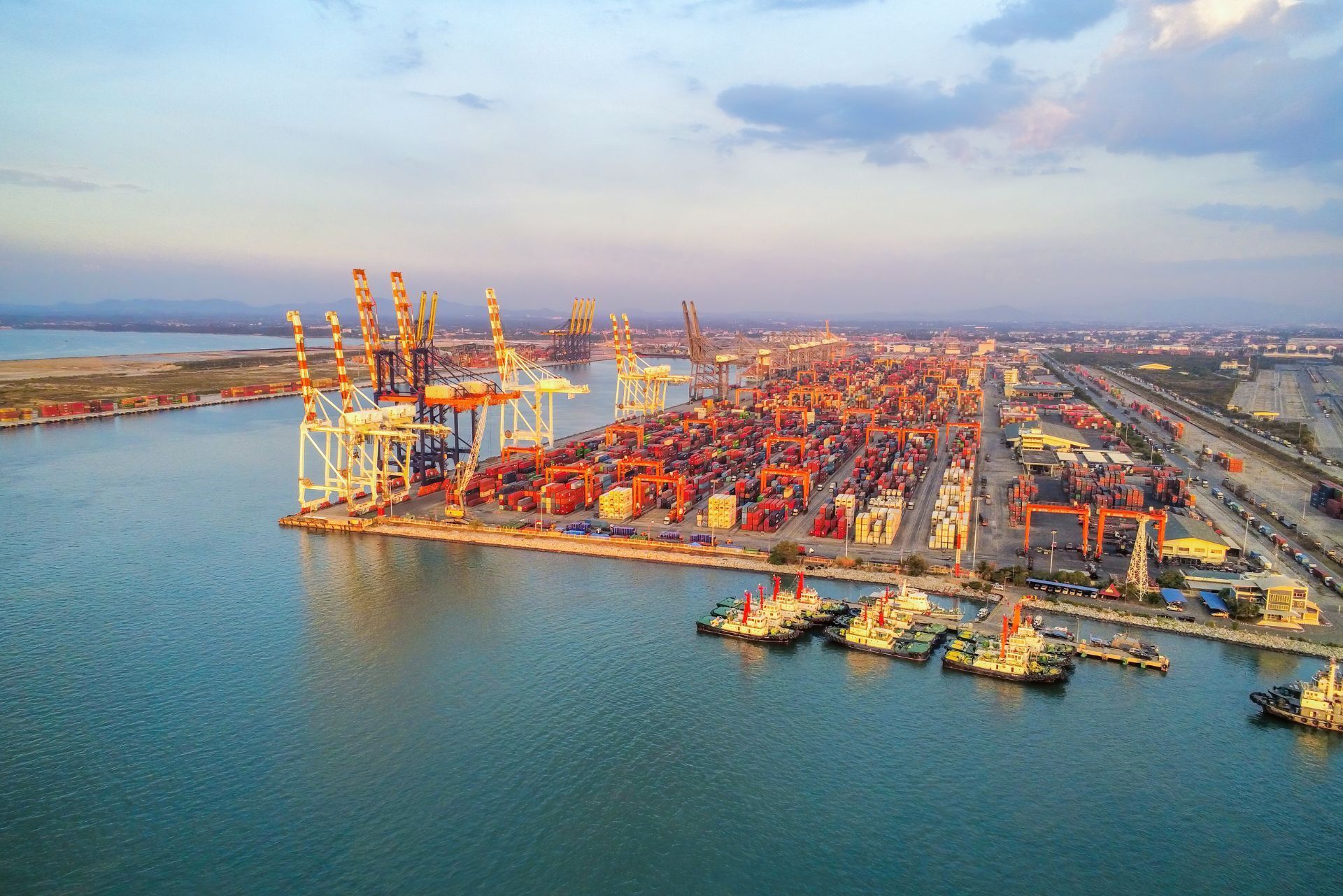Top 3 Recommended Policies

Inland marine insurance is a specialized form of coverage designed to protect goods, equipment, and property while in transit or stored off-site. For businesses operating in New York, understanding inland marine insurance is crucial due to the state's bustling economy and complex logistics networks. This article delves into everything you need to know about New York inland marine insurance, including its importance, recent market trends, and how evolving risks are shaping the industry.
What Is Inland Marine Insurance and Why Is It Important in New York?
Inland marine insurance covers property that is movable or in transit over land. Unlike traditional property insurance, which protects fixed locations, inland marine policies safeguard assets such as construction equipment, fine art, electronics, and goods being shipped between locations. This type of insurance is particularly relevant in New York, a major hub for commerce, manufacturing, and transportation.
New York’s diverse economy and extensive infrastructure mean that businesses frequently move valuable items across the state and beyond. Inland marine insurance helps mitigate the financial risks associated with theft, damage, or loss during transport or while temporarily stored at non-permanent locations. For instance, a construction company may transport heavy machinery to various job sites throughout the city, and without proper coverage, any damage incurred during transit could result in substantial financial losses.
Given the increasing complexity of supply chains and the rise in valuable mobile assets, inland marine insurance is becoming an essential component of comprehensive risk management strategies for New York businesses. Additionally, as e-commerce continues to thrive, the demand for inland marine insurance is likely to grow. Retailers and wholesalers shipping goods directly to consumers or other businesses face unique challenges, such as ensuring that products arrive in pristine condition. Inland marine insurance not only protects against physical loss but also provides peace of mind, allowing businesses to focus on their operations rather than worrying about potential liabilities.
Moreover, the nature of New York's bustling arts scene further underscores the importance of inland marine insurance. Galleries, artists, and collectors often transport high-value artworks for exhibitions or sales, making them vulnerable to theft or damage during transit. Specialized inland marine policies can be tailored to cover these unique assets, ensuring that they are protected throughout their journey. This coverage is crucial not only for the financial security of the individuals involved but also for preserving the cultural heritage that these artworks represent.

Market Trends and Growth in Inland Marine Insurance
The inland marine insurance market has experienced notable growth in recent years. In 2021, U.S. inland marine premiums increased by 15%, rebounding sharply from a 2% decline in 2020. This surge reflects growing demand as businesses seek to protect their mobile assets amid evolving risks and economic recovery from the pandemic downturn. For more detailed insights, A.M. Best & Co. reports on the sharp increase in inland marine premiums.
New York, with its dense population and significant commercial activity, is a key contributor to this upward trend. The state's marine economy alone contributed nearly 2% to the U.S. GDP in 2023, generating $777 billion in sales and supporting 2.4 million jobs, underscoring the scale of economic activity reliant on marine and inland marine insurance coverage. This robust economic backdrop is further bolstered by the state's strategic location as a transportation hub, facilitating the movement of goods across the nation and internationally. As a result, businesses operating in sectors such as construction, technology, and retail are increasingly recognizing the necessity of inland marine insurance to safeguard their investments during transit.
This growth highlights the increasing recognition among businesses of the importance of protecting assets that are vulnerable during transit or temporary storage. The rise in e-commerce and the demand for just-in-time inventory practices have also contributed to this trend, as companies require flexible coverage options that can adapt to the dynamic nature of their operations. Additionally, advancements in technology, such as GPS tracking and IoT devices, have enabled insurers to offer more tailored policies that reflect the specific risks associated with transporting goods, further driving the demand for inland marine insurance. With these developments, businesses are not only safeguarding their physical assets but are also enhancing their operational resilience in an increasingly unpredictable market.
Key Risks Affecting Inland Marine Insurance in New York
Several emerging risks are reshaping the inland marine insurance landscape. One of the most significant challenges is the rising frequency and severity of weather-related disasters. In 2024, the U.S. experienced a record 28 separate billion-dollar weather and climate disasters, according to the National Oceanic and Atmospheric Administration (NOAA). These events increase the likelihood of damage to goods in transit or storage, making inland marine insurance more critical than ever.
Another pressing concern is the aging fleet of vessels and equipment involved in marine and inland transport. A recent study by the International Union of Marine Insurance (IUMI) found that more than half of all marine casualties in 2024 involved vessels over 20 years old, with a 42% rise in casualty incidents since 2018. While this data focuses on marine vessels, the trend signals broader risks associated with aging infrastructure and equipment that can impact inland marine insurance claims.
Additionally, shifting global trade dynamics are influencing risk profiles. Frédéric Denèfle, IUMI President, notes that "the end of globalization is fast approaching," with escalating trade tensions and regional conflicts reshaping international commerce. This fragmentation creates new challenges for risk assessment and underwriting, directly affecting inland marine insurance strategies in New York and beyond. More on these insights can be found in this expert analysis from IUMI.
Furthermore, the rapid advancement of technology is also transforming the inland marine insurance landscape. The adoption of telematics and IoT devices in transportation and logistics allows for real-time tracking of goods, which can enhance risk management and claims processing. However, this technological shift also introduces new vulnerabilities, such as cyber threats. Insurers must adapt their policies to address these emerging risks, ensuring that they provide adequate coverage against potential data breaches and cyberattacks that could disrupt supply chains.
Moreover, regulatory changes are continually evolving, impacting the inland marine insurance sector. As states and federal agencies implement stricter environmental regulations and safety standards, insurers must navigate a complex landscape of compliance requirements. This can lead to increased operational costs for businesses, which may subsequently affect their insurance needs. Insurers in New York must stay abreast of these regulatory developments to effectively tailor their offerings and mitigate risks associated with non-compliance.
Who Needs Inland Marine Insurance in New York?
Inland marine insurance is vital for a wide range of businesses, especially those involved in transportation, construction, manufacturing, and retail. Companies that regularly move equipment, tools, or goods between locations benefit from this coverage. For example, construction firms often use inland marine insurance to protect expensive machinery and materials on job sites or while en route.
Retailers and wholesalers shipping high-value inventory also rely on inland marine policies to safeguard against losses during transit. Additionally, art galleries, museums, and event organizers use this insurance to protect valuable items that are frequently transported or temporarily displayed off-site.
In New York’s dynamic economic environment, where business operations often span multiple locations and involve complex logistics, inland marine insurance offers peace of mind and financial protection against unpredictable risks. This is particularly crucial in a bustling metropolis like New York City, where traffic congestion and unpredictable weather can pose significant threats to the safe delivery of goods and equipment. For instance, a construction company might face delays due to sudden storms, which could lead to increased costs if their machinery is damaged or delayed in transit.
Moreover, businesses involved in technology and telecommunications also find inland marine insurance beneficial. These companies often transport sensitive equipment and data storage devices that require protection from theft or damage. In a city that thrives on innovation, ensuring that such high-tech items are covered during transit can be a game-changer, allowing businesses to operate with confidence and focus on growth. The versatility of inland marine insurance makes it an essential component of risk management strategies for a wide array of industries, ensuring that businesses can navigate the complexities of their operations without the looming threat of financial loss

How to Choose the Right Inland Marine Insurance Policy
Selecting the right inland marine insurance policy requires a thorough understanding of your business’s specific needs and risk exposures. Policies can be tailored to cover a wide range of property types and transit scenarios, so it’s essential to work with an insurer experienced in inland marine coverage.
Key considerations include the types of property to be insured, typical transit routes, storage locations, and the value of assets. Businesses should also evaluate the insurer’s claims handling process and financial stability to ensure reliable support when needed.
Given the increasing complexity of risks, partnering with an insurance provider that offers expertise in emerging challenges—such as climate-related incidents and evolving trade environments—can provide a strategic advantage. For a broader perspective on how market trends influence underwriting, see this industry report on marine insurance trends.
Additionally, it’s important to consider the specific coverage options available within inland marine insurance. These can include coverage for equipment, tools, and materials that are transported over land, as well as items that are temporarily stored at job sites. Understanding the nuances of these coverages can help businesses avoid gaps in protection. For example, if your company frequently transports high-value machinery, you may want to look into policies that offer specialized coverage for theft or damage during transit, ensuring that you are adequately protected against potential financial losses.
Moreover, businesses should also take into account the importance of regularly reviewing and updating their insurance policies. As your operations grow and change, so too will your risk profile. Regular assessments can help identify new exposures and ensure that your coverage remains aligned with your current needs. Engaging in discussions with your
insurance agent about potential adjustments can lead to more tailored solutions that reflect the dynamic nature of your business environment.
The Future of Inland Marine Insurance in New York
Looking ahead, inland marine insurance in New York is poised to evolve in response to shifting economic, environmental, and geopolitical factors. The fragmentation of global trade and the rise in climate-related disasters will likely drive innovation in risk assessment and policy design.
Technological advancements such as telematics, GPS tracking, and data analytics are expected to enhance the monitoring of goods in transit, enabling insurers to offer more precise and dynamic coverage options. These tools can help reduce losses and improve claims accuracy, benefiting both insurers and policyholders. For instance, the integration of real-time tracking systems allows businesses to receive immediate alerts about potential disruptions in their supply chain, enabling them to take proactive measures to mitigate risks. This level of responsiveness not only safeguards assets but also fosters stronger relationships between insurers and their clients, as trust and transparency become key components of the insurance process.
Moreover, as the marine and inland transport sectors grapple with aging infrastructure and increasing casualty rates, insurers will need to develop strategies that address these vulnerabilities proactively. The need for collaboration between public and private sectors will become increasingly important, as stakeholders work together to enhance infrastructure resilience. This could involve investing in modern technologies and adopting best practices that prioritize safety and efficiency. Furthermore, insurers may explore partnerships with logistics companies to create tailored insurance products that reflect the unique challenges faced by different industries, ensuring that coverage is not only comprehensive but also relevant to the specific risks encountered in various sectors.
In summary, inland marine insurance remains a critical safeguard for New York businesses navigating a complex and rapidly changing risk landscape. Staying informed about market trends and emerging threats will empower companies to make sound insurance decisions that protect their valuable assets.
For further insights into the challenges and opportunities facing the marine insurance industry, including inland marine coverage, explore the perspectives shared by industry leaders at
Insurance Business Magazine.
Contact Us
Phone
Location
